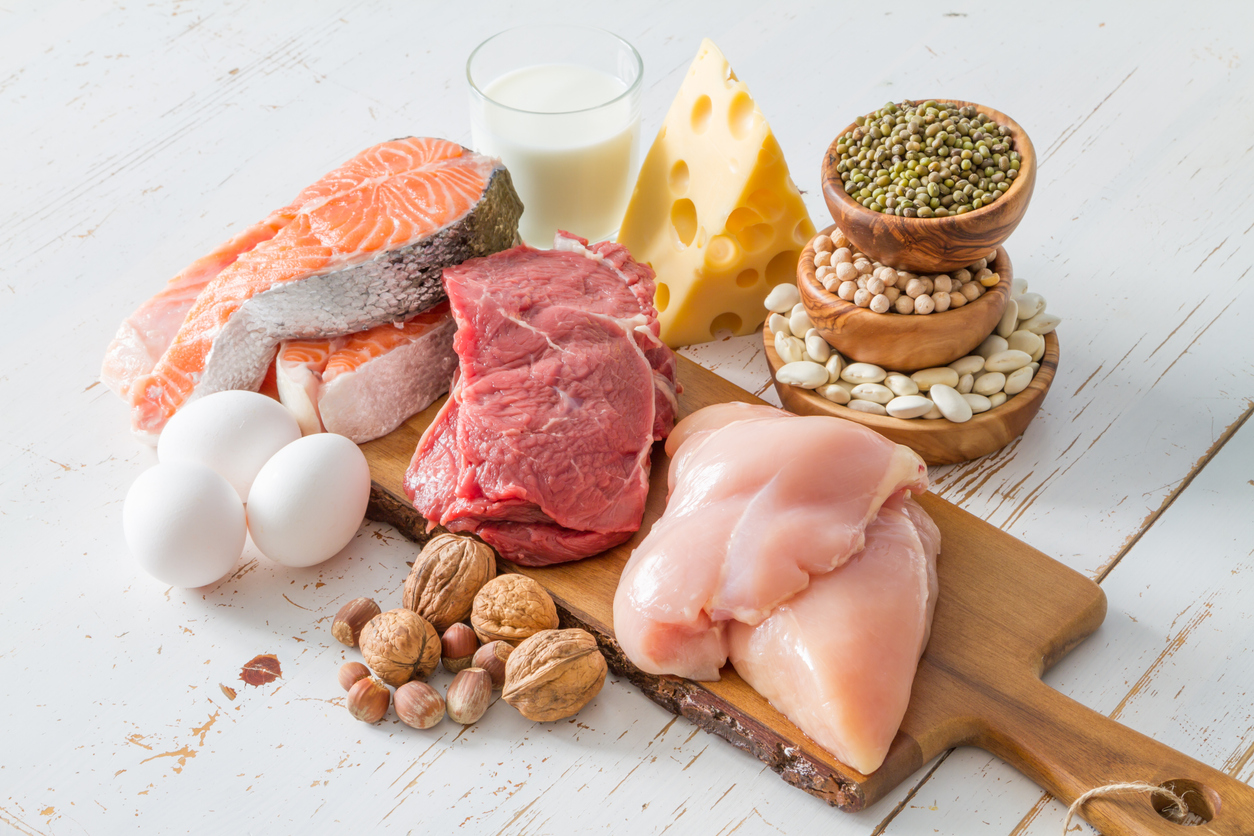By Land, Air, or Sea
Students discover how agricultural commodities are transported from producers to consumers.
Students discover how agricultural commodities are transported from producers to consumers.
Students investigate animal handling preferences, design a cattle corral system that is durable, efficient, and effective, and discover the skills needed to be an agricultural engineer.
Students identify and explain unique properties of eggs based on scientific investigations and write a book to explain what they have learned.
Students categorize sources of basic agricultural products alphabetically.
Students discover that agricultural careers are interconnected and that agriculture influences many parts of their daily lives.
Students read a story about our nation's first survey of agriculture, discuss reasons for counting things, and gain practice by sorting and counting a variety of objects related to agriculture.
Students discover the changes that take place in a walnut orchard through the seasons by reading and discussing a story about a walnut farm.

Students will examine dietary sources of protein and generally understand the relationship between protein synthesis and amino acids while completing an activity to use beads as a representation of amino acids to construct proteins (polypeptide chains). Students will identify complete and/or incomplete proteins found in both animal and plant food sources.
Students will compare and contrast milk and plant-based milk substitutes by learning their source from farm-to-table and discovering how they "stack-up" in nutritional value. Students will also explore food package labeling laws and consumer trends in milk consumption to think critically about the impact of labels in marketing and consumer perceptions of food.
This lesson compares and contrasts prokaryotic and eukaryotic cells and examines the form and function of the plasmid found in prokaryotic cells. Students will then use these principles to simulate how a desirable gene can be isolated and inserted into a plasmid as one step in the process of creating a bioengineered (GMO) plant variety.
Students will trace the energy and nutrition requirements of the human lifecycle from beginning to end and identify the physical and cognitive growth happening in each phase of life.
In this lesson, students will take on the role of a nitrogen molecule and experience how various forms of nitrogen cycle through the environment. Students will be able to identify and differentiate between atoms, molecules, and compounds.